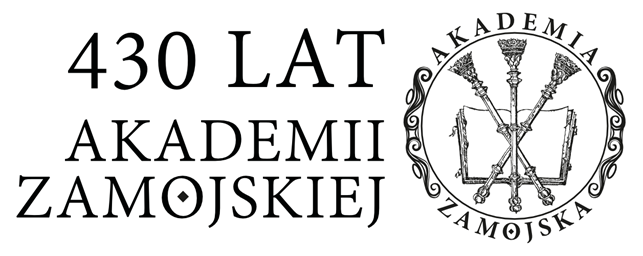Z Wiednia do Mentorelli. Dar cesarzowej Marii Teresy dla sanktuarium Matki Bożej
Abstrakt
Sanktuarium Matki Bożej Łaskawej na Mentorelli (region Lacjum, około 50 km na wschód od Rzymu), jedno z najstarszych we Włoszech i na świecie, zostało zbudowane w miejscu nawrócenia św Eustachego. W pierwszym tysiącleciu opiekowali się nim benedyktyni, którzy spopularyzowali tam kult maryjny i prawdopodobnie w XII wieku umieścili wewnątrz świątyni drewnianą figurę Matki Bożej z młodym Jezusem. Opuszczenie miejsca przez mnichów (przypuszczalnie pod koniec XIV wieku) spowodowało spadek ruchu pielgrzymkowego i znaczne zaniedbanie miejsca, które odzyskało dawną świetność dopiero po 1661 roku, tj. po „odkryciu” Mentorelli przez jezuitę Atanazego Kirchera. Wówczas rozpoczął się nowy etap w historii kościoła: projekt renowacji wspierany przez cesarza Leopolda I Habsburga i książęta niemieckie, a następnie misja jezuicka (prowadzona aż do kasaty zakonu), która podniosła Mentorellę do rangi ważnego sanktuarium maryjnego w Europie. Sanktuarium mogło też liczyć na wsparcie rodziny Habsburgów w XVIII wieku – znana z nabożeństwa do Matki Bożej cesarzowa Maria Teresa ofiarowała cenną szatę dla figury Madonny z Mentorelli. Gdy kościół i klasztor przejęli ojcowie zmartwychwstańcy, podczas renowacji budynków i rearanżacji wnętrza świątyni z figury zdjęto szaty, a z podarowanej przez cesarzową tkaniny uszyto ornat (lub ornaty). W 2023 roku przeprowadzono inwentaryzację wyposażenia kościoła i klasztoru na Mentorelli. Wśród zachowanych szat liturgicznych udało się wybrać ornat skomponowany z sukienek fundacji cesarzowej Marii Teresy i potwierdzić jego pochodzenie po porównaniu haftowanej tkaniny z grafiką przedstawiającą Matkę Boską z Mentorelli w sukienkach, wykonaną przez Giuseppe Mochettiego „dal vero” w pierwszej połowie XIX wieku. Chociaż nie można ustalić, czy cesarzowa Maria Teresa sama wykonała haft (sama zaprojektowała, wyhaftowała i ozdobiła aplikacjami wiele paramentów liturgicznych, które ufundowała), artefakt ma wielką wartość artystyczną i historyczną, świadcząc o silnych związkach sanktuarium z monarchią Habsburgów.
Słowa kluczowe:
Mentorella, Sanktuarium Matki Bożej na Mentorelli, cesarzowa Maria Teresa, wzornictwo tekstylne, inwentarz Mentorelli, sztuka dekoracyjnaSzczegóły
Bibliografia
Statystyki
Autorzy
Zasady cytowania
Licencja

Utwór dostępny jest na licencji Creative Commons Uznanie autorstwa – Użycie niekomercyjne – Na tych samych warunkach 4.0 Międzynarodowe.


 Język Polski
Język Polski
 English
English
